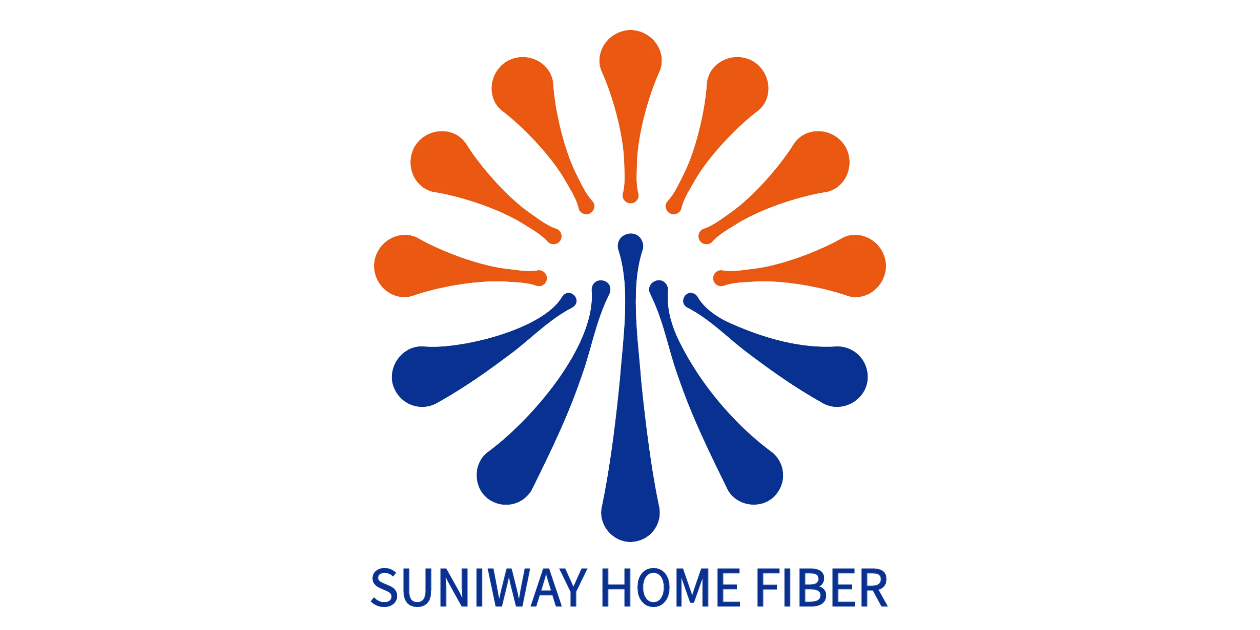
Upgrade to High-Speed Internet for only ₱1499/month!
Enjoy up to 100 Mbps fiber broadband, perfect for browsing, streaming, and gaming.
Visit Suniway.ph to learn

The Philippine government will shell out $7.4 billion, or about ₱415.9 billion, to co-finance with the World Bank an upcoming program aimed at making domestic agriculture sustainable.
An appraisal program information document of the World Bank, dated April 24, said the Department of Agriculture's (DA) upcoming Philippines sustainable agricultural transformation program was appraised by the Washington-based multilateral lender in March, allowing negotiations to proceed.
The $1-billion (around ₱56.2-billion) loan for this program—poised to be the Philippines' biggest-ever single borrowing from the World Bank—is scheduled for approval on June 24.
This forthcoming World Bank loan will be a program-for-results financing (PforR)—a first for the Philippines—setting it apart from the usual development policy financing (DPF) and investment project financing (IPF) that the country avails of.
The Department of Finance (DOF) will borrow on behalf of the implementing agency, the DA.
With a total program cost of $8.4 billion, or over ₱472 billion, the Philippines will source the bulk of financing from the annual national budget.
The World Bank said the program is aimed at improving climate resilience, diversification, productivity, and public resource-use efficiency in the Philippines' agrifood systems.
An earlier World Bank document in December last year estimated the total cost at a higher $20 billion, of which the government was supposed to shoulder $11.9 billion out of the $12.9-billion operation cost.
According to the latest World Bank program document, "the proposed PforR boundary would be nested within the DA's MBP and NAFMIP," referring to the agency's four-year Para sa Masaganang Bagong Pilipinas 2024-2027 and longer-term National Agriculture and Fisheries Modernization and Industrialization Plan 2021-2030.
"Proposed result areas (RAs) would be limited to those where implementation is within the institutional mandate of the DA, with some exclusions, and would be national in scope," the World Bank said.
For instance, the program won't be implemented in the Bangsamoro Region in Muslim Mindanao (BARMM), since it has a separate budgetary and decision-making process.
"The MBP plan to develop fish ports is also excluded as this is being supported by the ADB [Asian Development Bank]. Also excluded will be investments supported through ongoing World Bank loans and grants, including the PRDP [Philippine rural development project], PRDP-scale up and Philippine fisheries and coastal resiliency (FishCore)," the lender said.
"As the National Irrigation Administration (NIA) has recently been transferred to the Office of the President [under] Executive Order (EO) No. 69, series of 2024, functions of NIA are not included in the program as the DA no longer has control over that agency's investment decisions," it added.
As such, the program would focus on three RAs, namely: enhanced production and incomes in diversified rice-based farming systems; enhanced efficiency and resilience of food value chains; as well as enhanced institutional delivery and performance, according to the World Bank.
While the World Bank said that the combination of its loan and the government budget to bankroll the program would be adequate and sustainable, the lender expressed concern about the DA's "weaknesses in budget execution, with a 74-percent execution rate in calendar year 2024."
"The DA has two categories for budget execution. Obligation rate, which is equivalent to commitment rate, stands at 84 percent; while disbursement rate, which is equivalent to execution rate, is 74 percent" last year, it noted.
The program will be rolled out by the DA and supported by the World Bank from the lender's fiscal year (FY) 2025, which begins in July 2025, through FY 2028, which ends in June 2029.
The World Bank said it is preparing a separate operation or financing that would support MBP's intention to make available accessible financial mechanisms that not only encourage investment but also minimize risks in the local agriculture sector.

 2 months ago
40
2 months ago
40



